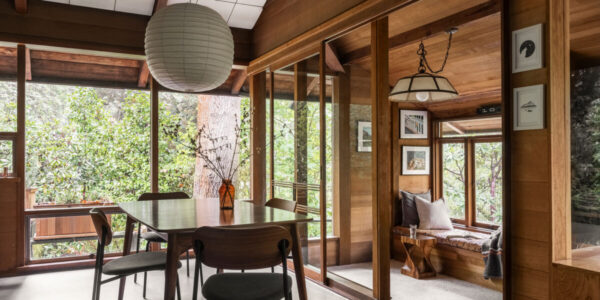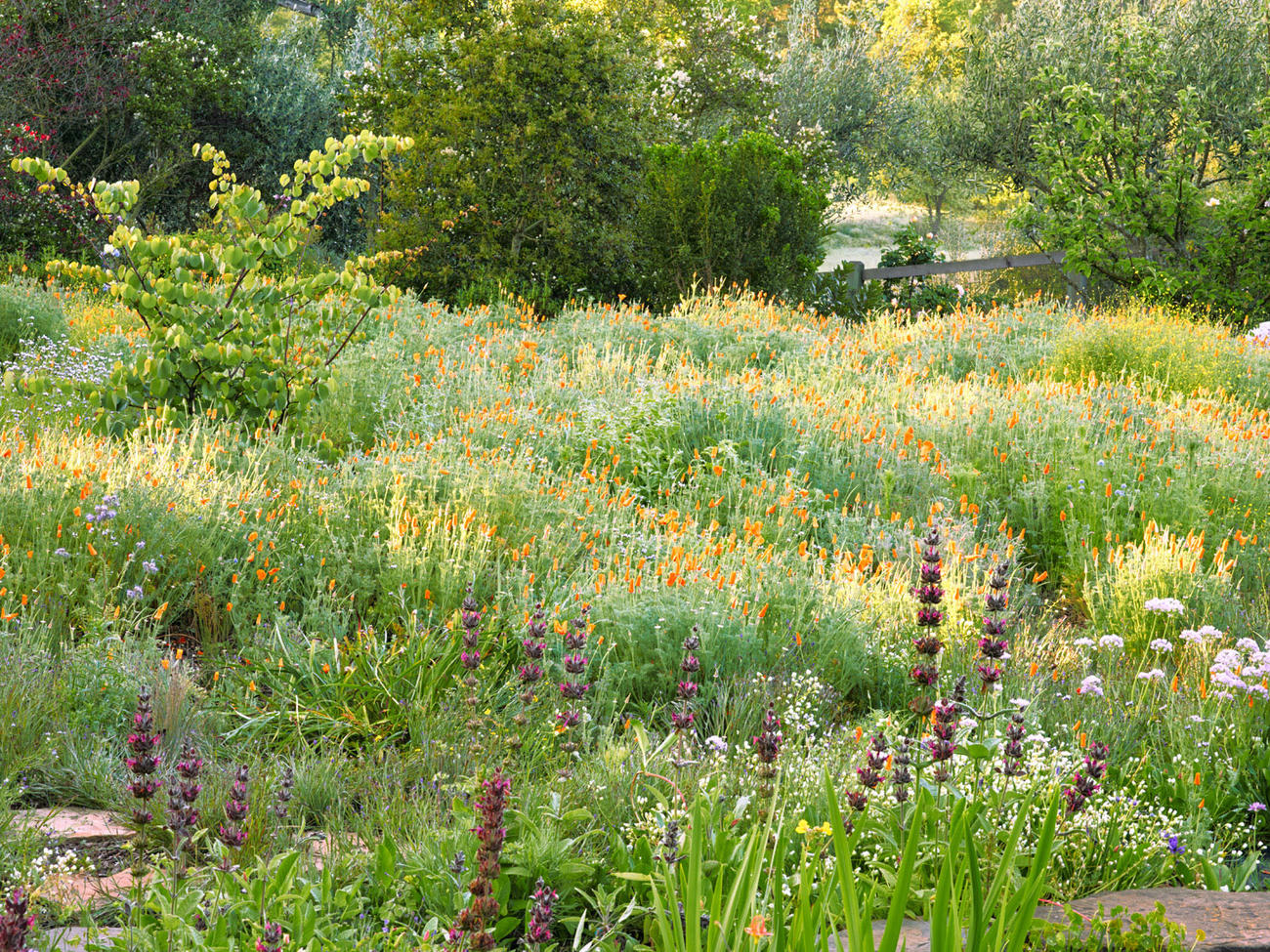
November

Plant
Create a meadow: In a sunny place, plant plugs of Carex pansa or C. praegracilis 6 to 12 inches apart. Sprinkle in seeds of California poppy. Every few feet, add summer- blooming perennials, such as yellow and red blanket flower (Gaillardia) and taller, purple-flowering Verbena bonariensis.
For shrubs with great flowers, try ceanothus, grevilea, leucadendron, and protea.
From seedlings, grow cool- weather veggies, including cabbage, carrots, chard, kohlrabi, and spinach.
Plant strawberries in the first half of the month for maximum fruit harvest. Space plants 1 foot apart in rich, loose soil in full sun.
Maintain
Turn off the irrigation system once rains start. Water the garden only if there’s no rainfall for more than two weeks. Move any perennials that are crowded. Dig around the plant, preserving as much of the rootball as possible. Replant and keep well watered.
After leaves fall, spray peach and nectarine trees with lime sulfur (available at nurseries and home improvement stores) to prevent peach-leaf curl, a leaf- and shoot-disfiguring fungal infection that reduces fruiting.
Trim overly tall or dense ornamental trees and shrubs. Remove crossing or dead branches, and prune for shape. Never top a tree. Hire a certified arborist if needed.
Cut back ornamental grasses as they turn brown for winter. Loop a long piece of twine around grass blades 10 inches from the ground, cinch, and cut grass just below the string.
Replace any rotting fence posts before the winter winds kick in. Set new posts in concrete (use one bag per post) that extends an inch above soil surface. In the Sunset Test Garden, we use PostShield, a PVC sleeve, to protect wood from rotting. Find at postshieldusa.com.
